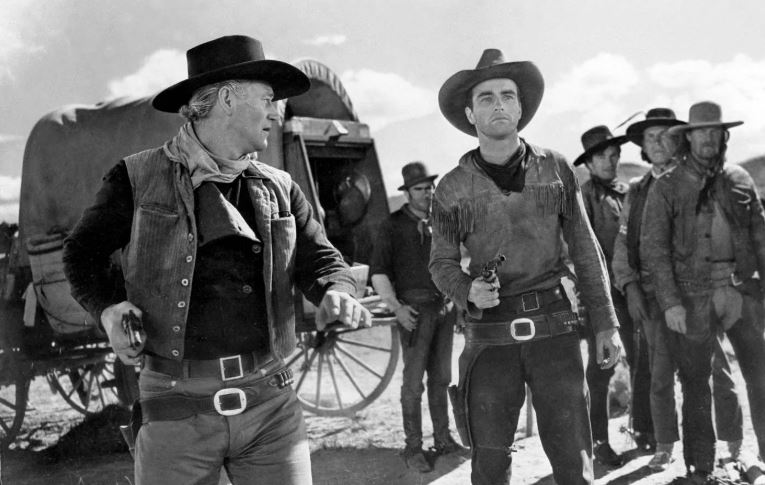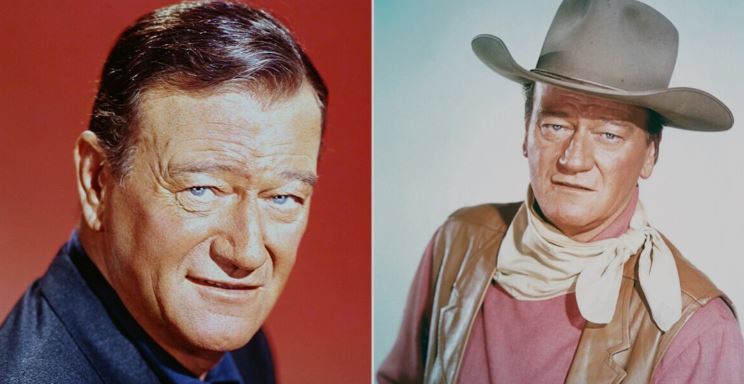Every actor dreams of going out in a blaze of cinematic glory and ending their career on a high note, but it’s never a guarantee. John Wayne remains one of Hollywood’s most iconic figures, and as far as swansongs go, his wasn’t half bad.
‘The Duke’ was struggling with health issues in the latter stages of his personal and professional lives, but he always put on a brave face. That’s unsurprising when his persona was that of perpetual strength, unyielding masculinity, and unstoppable Americana, even if those closest to him knew the star was struggling.
Don Siegel’s The Shootist would serve as his final stand, and it was a fitting epitaph. A gun-toting western was the kind of film he’d made a hundred times before, but it carried added metatextual heft this time. Cast as an ageing gunslinger suffering from terminal illness struggling to adapt to the new world around them in the face of inescapable modernity, it was hardly a stretch for Wayne to get into character as JB Books.
The final scene of the picture saw ‘The Duke’ sticking to his guns both figuratively and literally: he requested changes to the script because he staunchly refused to be caught on camera shooting a man in the back before one final gunfight in a saloon placed an exclamation point on not only The Shootist but Wayne’s filmography, sending the character – and the man who played it – out on their sword.
It wasn’t an easy shoot for the actor, who spent most of his time between scenes resting and recuperating. He was exhausted, but the studio demanded that The Shootist be finished on time and within its allocated schedule, which placed Siegel in the unfortunate position of potentially having to film what turned out to be the final scene of Wayne’s career without the man himself.
“I finished the saloon scene, except for Duke’s shots, and went to work on scenes that I didn’t need Duke for,” the filmmaker explained to Michael Munn. “And then, I got the news the production was shutting down due to Duke’s illness. He’d been suffering from an ear infection, but he’d never complained about it. But it had become so bad he was in excruciating pain, and he was ordered to stay in bed and pumped full of antibiotics.”

In most cases, especially for a star of Wayne’s stature, the crew would simply wait it out. However, those weren’t the orders that came from above. “I was put on immediate suspension and was told the suspension would be lifted if I finished the film without Duke,” Siegel continued. “Basically, I was told that legally, I had to finish the picture if the studio told me to, whether Duke was there or not.”
Seigel did the best he could using a body double, knowing “we weren’t going to get the shots of Books dying,” which was like directing with one and a half hands tied behind his back. “Without Duke, that would all be missing, and yet I had no choice but to do what the studio told me.”
Fortunately for Siegel, The Shootist, and Wayne, ‘The Duke’ dragged himself out of bed to ensure his last movie wasn’t finished without him.
